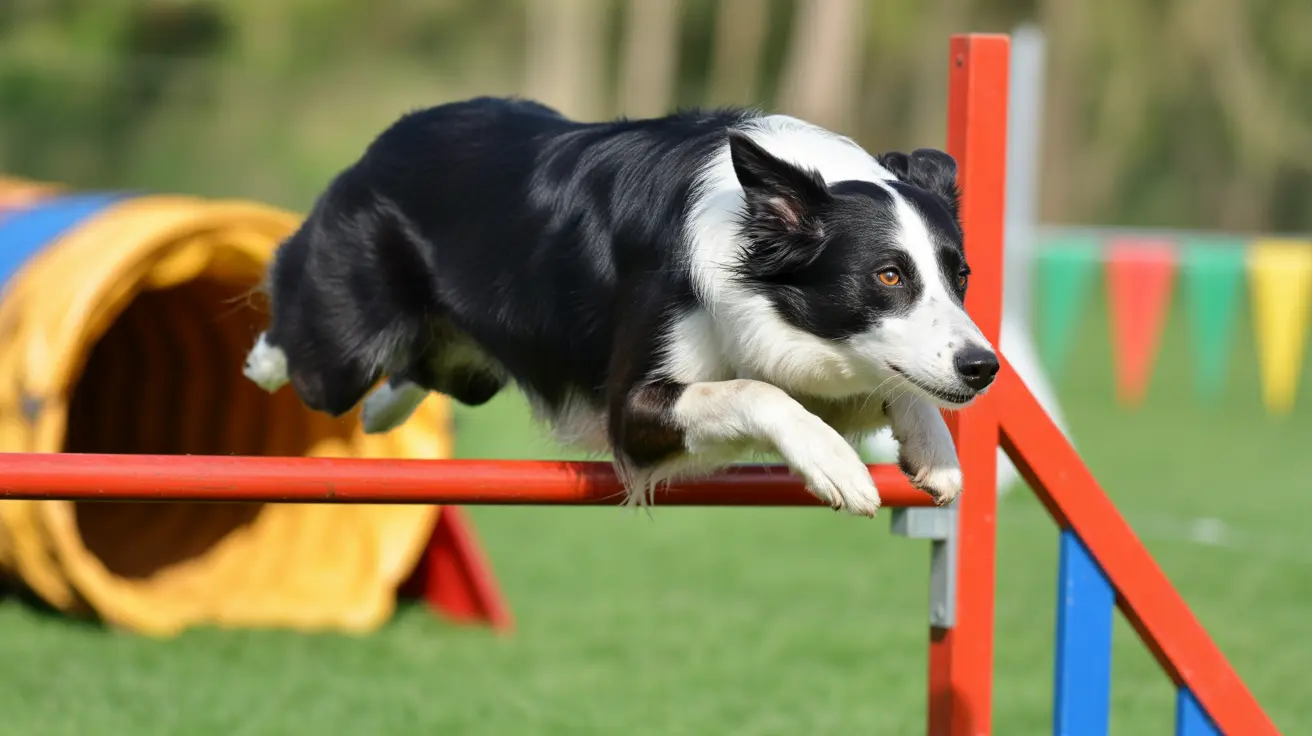Do Vizsla Dogs Bark a Lot? Understanding Their Vocal Behavior
The Vizsla is a unique blend of athleticism, intelligence, and affection. As one of the oldest hunting dog breeds, Vizslas have been cherished as both tireless workers in the field and devoted family companions. A commonly asked question by prospective owners is: do Vizslas bark a lot? To answer that, we need to explore their temperament, energy needs, and communication style.
General Temperament of Vizslas
Vizslas are best known for their affectionate nature and strong bond with their human families, often earning them the reputation of being “Velcro dogs.” They are highly sensitive, gentle, and loyal companions. However, their heightened sensitivity can make them prone to separation anxiety, which can manifest vocally.
Barking Tendencies
While Vizslas are not generally listed among the most vocal dog breeds, they do have the capacity to bark under certain conditions:
- When bored or under-stimulated: Due to their high energy, lack of mental and physical exercise can lead to frustration and barking.
- When left alone for long periods: Vizslas crave human companionship, and extended isolation may lead to barking as a form of distress.
- For alerting purposes: Like many hunting breeds, they may bark to signal unusual activity or intruders.
- As an outlet for energy: Barking can be a way to release pent-up energy if their physical activity needs aren’t being met.
How to Manage and Minimize Barking
The key to managing a Vizsla’s barking is understanding their underlying needs and providing appropriate outlets:
- Daily Exercise: Vizslas require at least one to two hours of exercise each day. Activities such as running, hiking, swimming, and agility work help release energy constructively.
- Mental Stimulation: Puzzle toys, training exercises, and scent work keep their minds engaged and stave off boredom.
- Positive Training: Consistent, gentle, and reward-based training helps reinforce calm behavior.
- Companionship: As social dogs, they thrive when included in daily family activities. Consider doggy daycare or a pet sitter if they must be left alone for long periods.
- Early Socialization: Gradual exposure to a variety of environments and people can help prevent anxiety-induced barking later in life.
Recognizing Excessive Barking
While occasional barking is normal, excessive vocalization may be a sign of an unmet need. Look for signs such as:
- Barking during your absence
- Barking at mild or nonexistent stimuli
- Destructive behavior accompanied by vocalizing
- Signs of anxiety such as pacing, whining, or restlessness
In such cases, consulting with a vet or certified dog trainer can address any behavioral or health concerns that might be causing the issue.
Comparison with Other Breeds
Compared to traditionally vocal breeds like Beagles or German Shepherds, Vizslas are relatively moderate barkers. Their barking is typically more situational and manageable with proper care.
Environmental and Lifestyle Compatibility
Prospective owners should consider their lifestyle before choosing a Vizsla. They are best suited for:
- Active individuals or families
- Households where someone is home frequently
- Owners willing to engage in regular training and socialization
If kept stimulated and properly supervised, Vizslas make wonderfully quiet companions in appropriate environments.
Final Thoughts
So, do Vizslas bark a lot? Not by nature—but if their needs for exercise, attention, and stimulation are ignored, they can vocalize more than desired. Like all breeds, the key is understanding their unique disposition and providing a setting where they can thrive emotionally and physically. With the right balance, the Vizsla remains a devoted, disciplined, and often quiet partner—especially well-suited to energetic, engaged owners who treat them like a true member of the family.





